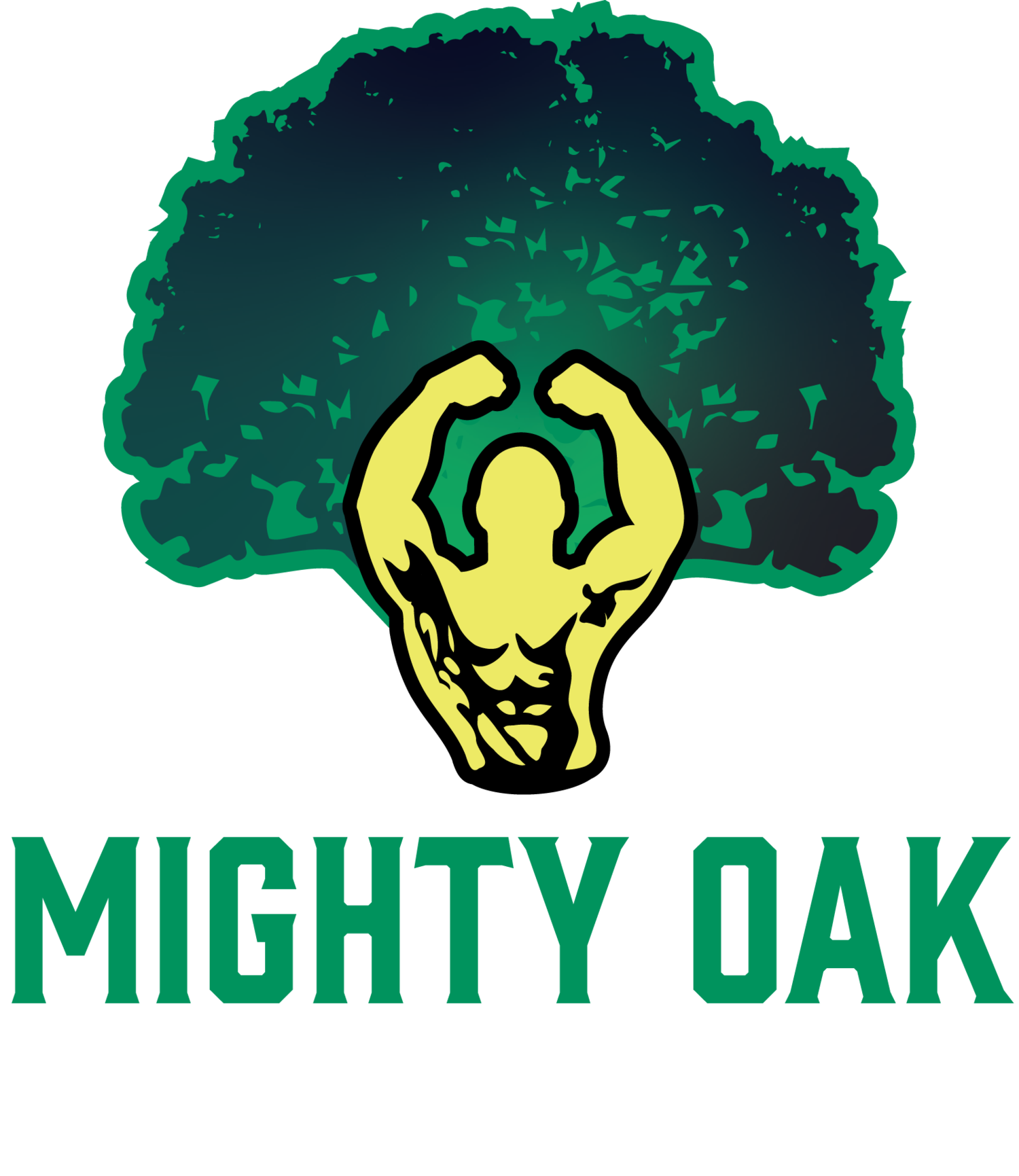The Surprising Reason Why Full Range of Motion Matters: Unlocking Muscle Development
When resisting weight, muscles generally move in one of three ways - concentric, static, or eccentric. The concentric phase is when the muscle is shortening (like the biceps muscle when curling a weight from the waist to the chest). The static phase holds the weight in a fixed position for time (such as pausing at the top on the biceps curl). The eccentric phase is the lengthening portion of the muscle (the lowering of the weight in the biceps curl from the chest to the waist - sometimes referred to as the “negative” portion of the lift).
Many people put a significant amount of effort into the concentric phase of the movement - the actual lifting of the weight. This is the part that is perceived as the important use of force. And it is important! But it is only part of the entire range of motion.
Working a movement with equal effort across the entire range of motion will yield muscles that are bigger and stronger, and will do it in a shorter period of time.
This is because a full range of motion uses a full range of muscle.
The takeaway?
Do not rush through the pause at the top of a lift (static phase) or the lowering of the weight on the way back down. Use resistance that is challenging, but allows the body to move the weight in a smooth and controlled manner up and down.
